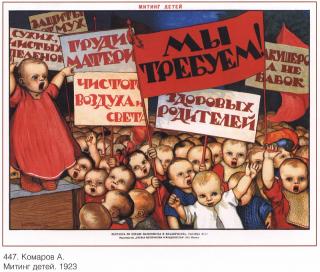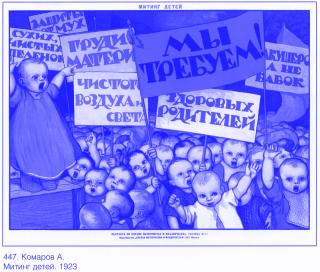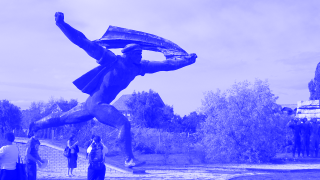Topic
The Care Side of Work
After 1917, the state, mode of production and society were not the only things to be fashioned anew under socialism — day-to-day habits and interpersonal relationships were also caught up in the change. This dissertation project examines the significance and depiction of care work in the utopian plans and realities of life following the Bolsheviks’ October Revolution.

The Care Side of Work: (In)Visibilities of Care Work in Visions of the Future, Daily Realities and Gaze after the Russian Revolutions of 1917
In revolutionary Russia, utopias were a roadmap to action—they produced imaginations of another way of life, aimed at turning abstract political plans into concrete and emotionalised reality. Values, conceptions and norms were negotiated, codified and made visible (or invisible) in new visions of future. The central topos was the New Man, defined above all by his health and fitness for work. This research project is interested in the flipside of this work-centred revolutionary image of mankind, what one can call its »care side«: Who takes care of those who are not autonomous, efficient and fit for work? Did utopian models have answers at the ready, or did they omit mention of care?
The (in)visibility of care work is symptomatic of hierarchies drawn along gender and social fault lines. Linking aspects of gender relations, parenthood and family models with questions about the relationship between the public and home spheres as well as health care, elder care and services, this research project fills a gap in previous research on the Russian revolutions.


